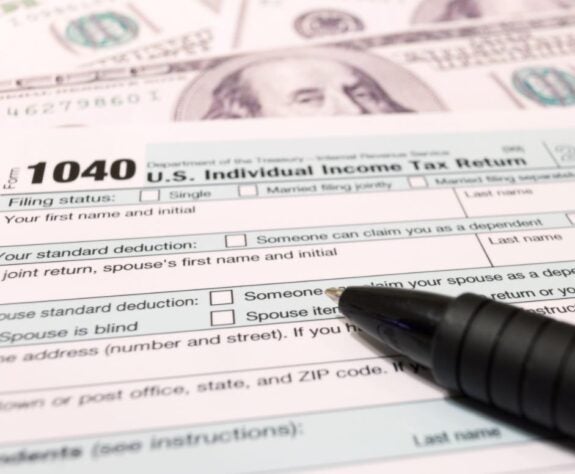Restructuring Federal and State Taxes and Subsidies

Following the house resolution on a Green New Deal, policy experts, politicians, and thinktanks around the country have been inspired to contribute their own vision for a national climate plan. The Kleinman Center wants to ensure that we too are offering our vision for a successful national response to the global climate crisis. The below is one of six policy efforts that we see as essential elements of an effective climate plan. View the full list here.
If the United States is going to successfully address the widespread reliance on carbon emitting energy sources throughout our economy, we have to take ambitious steps to restructure our economic systems in order to accurately and sufficiently account for the externalized costs of climate change. This restructuring will require two principle steps: 1) introducing a carbon fee in the form of a carbon tax or carbon credits and 2) removing subsidies for the carbon contributing livestock and fossil fuel industries.
Possibly the single most important step to catalyzing climate action in the Unites States is to internalize the external costs of carbon emissions. This could be done in the form of either a carbon tax or a cap and trade credits system. A tax is generally considered the most accurate way to internalize the social costs of carbon, however it does not cap emissions at a safe level. Every ton of carbon emitted now and into the future will directly worsen the economic impacts of climate change. The only way to avoid some of these economic losses is to recognize them in today’s economy. A carbon tax or credits system would act as regulatory representation of the planetary constraints from which we cannot escape. This does not mean that putting a price on carbon will hinder economic growth. On the contrary, a carbon price is the most effective way to ensure that the global economy continues to grow without relying on resources that are, by their very nature, limited. Nearly as important as deciding an appropriate price on carbon is determining how the revenue should be spent. There are three primary considerations in making this decision. Firstly, a carbon price will likely disproportionately impact lower income communities that spend a greater percentage of wealth on energy services. Therefore, carbon revenue ought to be distributed in a way that offsets this burden on low-income citizens. Secondly, revenue can be used to further reduce emissions through efficiency investments or ecosystem restoration. A recent survey by Axios found that public support for a carbon price is highest if the revenue were to be used for ecosystem restoration. Lastly, revenue can be used to support infrastructure and industry that will aid in achieving our climate goals. This could include investing in renewable energy or storage R&D, public transportation, or transmission infrastructure.
In addition to internalizing the cost of carbon, the US must also remove several subsidies and tax breaks that are currently masking the true economic costs of a number of unsustainable industries. In 2015, the United States offered fossil fuel producers $649 billion in federal and state subsides, and in 2017 that number continued to grow. This means that the fossil fuel industry currently receives approximately 10 times as much from the federal government as the Department of Education.
Though not as large, the United States also gives out between $15-18 billion dollars in agricultural subsidies each year. Most of these subsidies are serving to make basic commodities affordable to consumers, but approximately a third of these subsidies go toward corn production, of which only 12% is used for direct human consumption. Approximately 40% of domestic corn production is used for livestock feed and 45% is used for ethanol production, a largely unnecessary and inefficient method of fuel decarbonization. Furthermore, the livestock and dairy industries typically receive approximately $500 million in additional direct subsidies.
Subsidies for the fossil fuels, corn, livestock, and dairy industries were introduced as a way to improve average consumers lives by making food and transportation more affordable. Today, however, these subsidies are propping up and masking the true societal costs of industries that have a significant negative impact on climate, and eventually on the future wellbeing of US citizens. It would be far more logical and beneficial for the long-term welfare of our nation to redirect these subsidies towards renewable energy and sustainable food production.
How exactly to structure future taxes and subsidies is still up for debate. Some experts, for example argue that an across the board carbon tax would allow the market to organically reduce emissions by creating an economic incentive to do so. Other experts feel that it is necessary to ‘cap’ emissions at a sustainable level and force the economy to readjust in time. Whichever way policy experts and decision-makers choose, carbon emissions will not diminish rapidly enough until the true cost of those emissions is somehow reflected in the economy, and not masked by subsidies and tax breaks.
Oscar Serpell
Deputy DirectorOscar Serpell oversees all student programming, alumni engagement, faculty and student grants, and visiting scholars. He is also a researcher, writer, and policy analyst working on research initiatives with students and Center partners.
